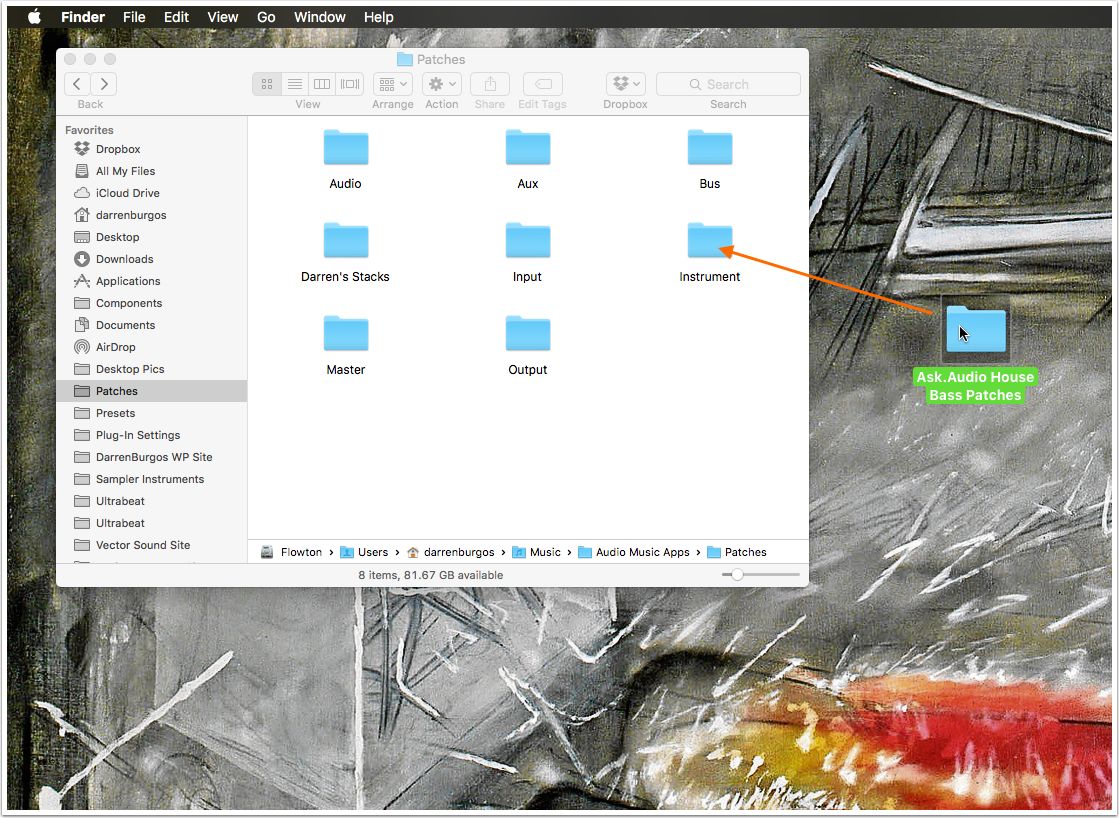

You should either be prompted to download the new content or it will start automatically.Ģ. In the examples, I have used a fresh version of Mavericks 10.9.5 and an un-launched copy of GarageBand, but the process is almost identical for Logic Pro X and for when Apple releases an additional content package.ġ. With a modular image, or if Apple release an updated content package, you need to use another technique. With a monolithic image, this is simple as the loops can be downloaded and included in the image. The question is how to catch and include these content packages. In environments that manage their Mac devices (particularly Education departments) they will need to deploy these additional content packages with GarageBand and Logic Pro, otherwise users face a lengthy wait on first launch. When these Applications are first launched, they try to download and install the content, with this totally over 10s of GBs of data (especially for Logic)! Additionally, Apple will occasionally release new content packages, which are then downloaded the next time the Application is launched.


To minimise the download size of GarageBand and Logic Pro X Applications, the content / music loops were separated. A little ago, Apple stopped shipping iLife suite installers for GarageBand, iWeb, iDVD, iPhoto and iMovie and instead utilised the Mac App Store for these products, as well as for Logic Pro X. Now some Mac admins prefer to use network packet capture tools such as “Charles Web Proxy” however the method I suggested uses no additional applications and requires a lower technical skill level to do. Back in November, I had a conversation over Twitter with about how to capture and deploy the GarageBand loop installers.


 0 kommentar(er)
0 kommentar(er)
